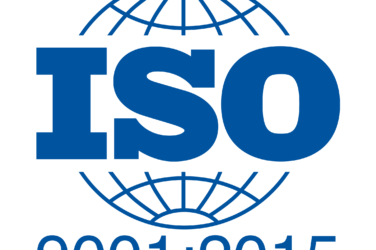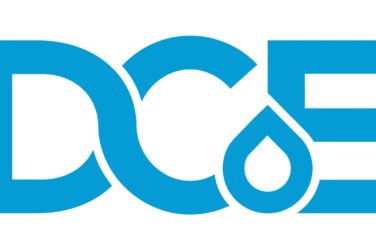Perhaps, when someone takes a trip to Hawaiʻi, they’re trying to get away from agile methodologies or sprint planning.
Well, not me.
I recently moved to Hawaiʻi and one of my best friends tagged along to help me get settled on the island. We’ve also been doing some sightseeing together.
I’m a UX/UI designer. My friend is a software engineer. So, we thought it would be best to plan out our days in sprints and then conduct a retrospective each evening to reflect on our day.
The primary advantage of agile is that teams (my friend and I) are enabled to deliver value (a better trip) more efficiently, at a higher quality and predictability, while maintaining adaptability in order to respond to change.
Planning the Road to Hana
On Maui, one of the “things to do” is the Road to Hana, a 52-mile long winding road with 617 switchbacks, and 56 one-lane bridges. The road has beautiful views of waterfalls, rainbow eucalyptus trees, bamboo forests, lava rocks, and turquoise waters.
Though, navigating the Road to Hana can be tricky, there aren’t signs that indicate where to stop. There isn’t reliable cell phone or internet reception. Much of the road travels through dense forests. Planning became vital to having a successful Road to Hana experience.
Before we embarked on the Road to Hana, we researched guides and articles about the worthwhile stops. Keeping in mind that we would lose service, we downloaded an offline map from Google Maps to help us navigate. We packed hiking shoes, swimsuits, and raincoats to prepare for a variety of terrain and weather conditions. We purchased insurance for our rental car after reading that we could encounter some precarious situations along the road. Overall, we felt relatively prepared to make the journey, while leaving room for spontaneity and adventure along the way.
Taking the Road to Hana
Most people do the entire Road to Hana loop in one day. We wanted to take our time to explore, so we rented an Airbnb to stay in for two nights. That way, we could spread out the trip over the course of three days. Each morning, we woke up around 6am for a sprint planning meeting. We outlined our MVP (minimum viable product), which was our objectives for the day; activities we wanted to do, sights we wanted to see, foods we wanted to eat. We mapped out where our objective points were in relation to each other geographically, so that we could efficiently hit our goals. We prioritized our goals so that we knew which objectives to work towards hitting first before moving down the list of secondary priorities.
Every evening, we sat down for a retrospective to reflect on what we accomplished, what went well, what could be improved in the next sprint, and which obstacles we faced and how we overcame them.
The Advantages of Agile Tourism
By applying this approach to our trip, we were able to hike to waterfalls, admire a rainbow-colored tree forest, scramble over lava rocks, duck into lava tubes, walk along coastal trails, climb banyan trees, and go for a swim in turquoise waters on black sand beaches. We also remained agile and adaptable. We adjusted our plans when we encountered obstacles, such as sudden downpours in the forest and getting lost trying to find a red sand beach.
Although this approach may seem a bit rigid for a road trip, we had ample adventurous experiences as we stumbled upon beautiful sights and exciting surprises along the way.
Agile isn’t just for software development. It can factor into relationships, your career, and yes, even your vacations.
In fact, through agile tourism, I could maximize my time, prioritize my goals, and ensure that my friend and I were aligned and supportive of each other.













